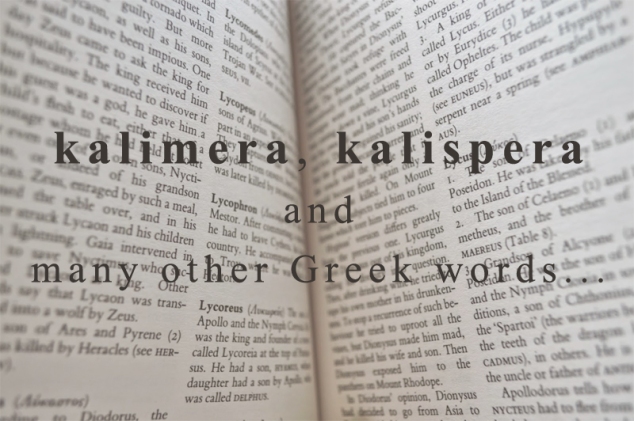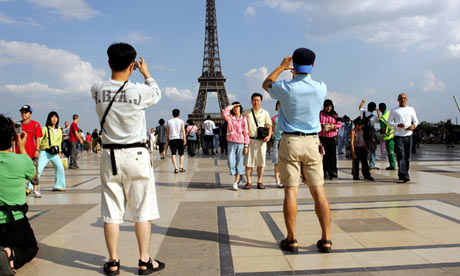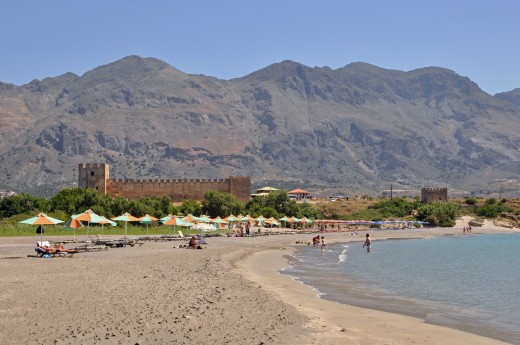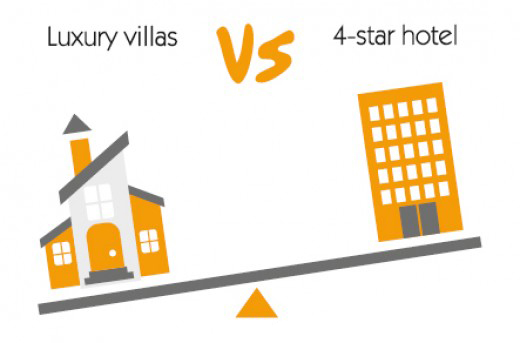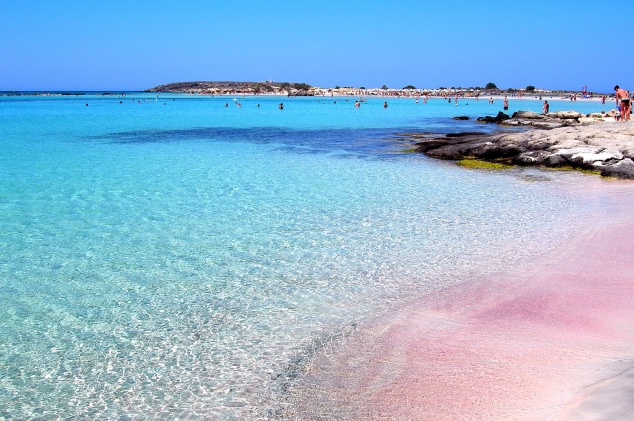If you have visited Crete, it is most likely that you have been to a Cretan feast or wedding. Besides Cretan food, which will be featured in a future article, the reason that you keep searching for events like these is Cretan music – and the opportunity to say “Opa!” with a deep smile! Cretan music is wild and interesting. Melodies that seem endless, one after the other in complicated 7/8 or 9/8 time, sometimes monotonous and archaic, sometimes almost ecstatic. And with an oriental influence which cannot be missed.
The principal instruments in use today are the lyra and the laouto. Lyra is a small three-stringed pear-shaped fiddle held upright on the left knee and bowed horizontally with a bow (which in earlier times had bells on it) held in the right hand. Laouto is a large lute closely related to the Arabic oud with four courses of double strings made of steel, and movable frets made of nylon filament. One of the interesting aspects of the lyra has to do with the fingering technique of the left hand. Unlike the violin and most other related instruments, the strings are not pressed by the fingertips of the left hand, rather they are merely touched lightly from the side by the back of the nails. It resembles a violin, but is played by grazing the strings with a fingernail and plays the main melody. A theme is repeated with an infinite number of variations and embellishments.
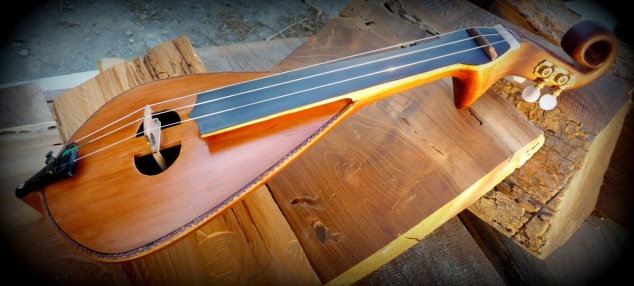
The Cretan lyre (lyra)
Apart from the lyra and the laouto, other instruments can also be found in Crete. In the mountainous areas of central Crete a small bagpipe known as askomandoura was at one time commonly found, and in the urban centers, a small long-necked lute similar to the saz called boulgari was prevalent. In the eastern regions around the Sitia area a small double-faced barrel-drum known as daoulaki was the main instrument accompanying the lyra. The askomandoura, boulgari, daoulaki, and sfyrohabiolo (a small flute) are all very near to extinction, although some young musicians have, in recent years, taken them up.
Cretan music has often singing as well, with the singer and the lyra leading the melody alternately. The verses mostly consist of Mantinades (or Kondylies), which are 15-syllable couplets with a lot of humour and spirit. They are often created spontaneously and deal with love, nature or worldly affairs, sometimes spoofing members of the audience. There are Mantinades for every occasion. The pieces of music can be drawn out for as long as desired, by repeating the second half of the stanza together with the first half of the second stanza. The original form of making music is met at most Cretan festivals. Even young people are mostly interested in it, in spite of the existence of pop music, and there are even complete orchestras of lyras in the cities. The lyra is an exacting instrument to play, and with hard work and talent it can bring a masterful virtuosity to its player.
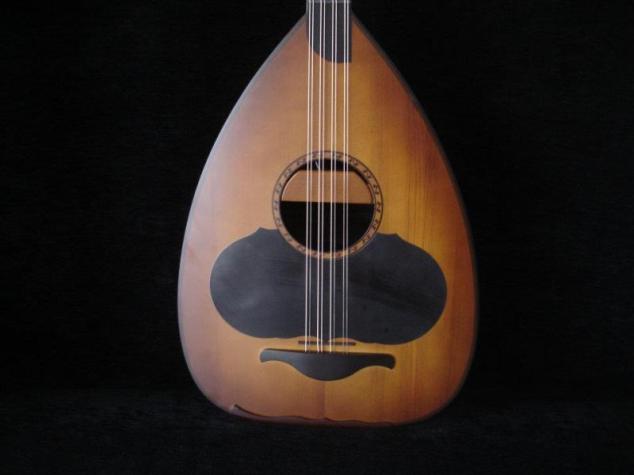
The Cretan Laouto
Cretan traditional music is very complex due to the fact that many civilizations, at various periods of time, have intruded and inhabited the island: Venetians, Saracens, Turks… Moreover, after 330 B.C. Greek civilization followed two trends, one following Alexander the Great (in the East) and another following the Roman trends (in the West). Crete was a colony of the Byzantine Empire and occasionally also received many refugees.
All kinds of music that the various cultures have introduced to the island have stayed there and created a chaos of sounds. The Cretans have combined and embellished all these kinds of music and created all these beautiful songs we can hear up until today, like rizitika (‘rebel’ feast music), amanes (popular musical genre originated in Ionia and famous in Smyrna, which includes an instrumental introduction, two lines sang with long melismas on the word aman, and a faster instrumental refrain) and Erotokriti (folk songs based upon the celebrated love poem Erotokritos by the Cretan Poet Vincenzo Cornaros. It contains upwards of 10.000 lines, equal to 5000 verses, composed in the 16th century).
Most of the music of Crete, however, is dance music which is played at local festivals (panigyria), weddings, baptisms and other such festive occasions. These dances are usually quite fast and require considerable skill on the part of the dancer, but also restraint and finesse. The main dances are the Malevyziotikos, the Pentozali (slow and fast), the Sousta, and the Syrtos. Other dances do exist too, but for the most part they can be considered to be sub-categories of those fore-mentioned. The remainder of the Cretan repertoire is comprised of songs which are not intended as accompaniment to dance.
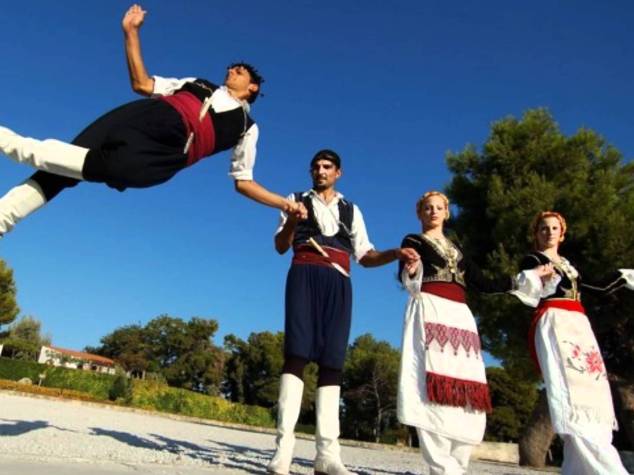
Cretan dancers
The musical tradition of the island of Crete is one of the most active and vibrant traditions to be found anywhere in Europe today. Despite this fact, however, not many people are aware of it, and even fewer know very much specifically about it. Regrettably ethnomusicologists, both Greek and of other lands, have done painfully little serious research into the subject of Cretan music, with the result that there is effectively very little reliable information concerning it readily available in print. We hope this will change in the future.
by MySunnyEscapes.com Team
***based on Ross Daly’s articles (http://www.rossdaly.gr)

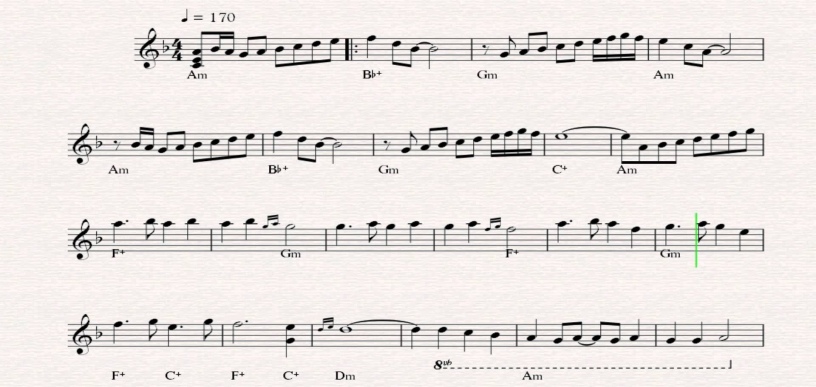
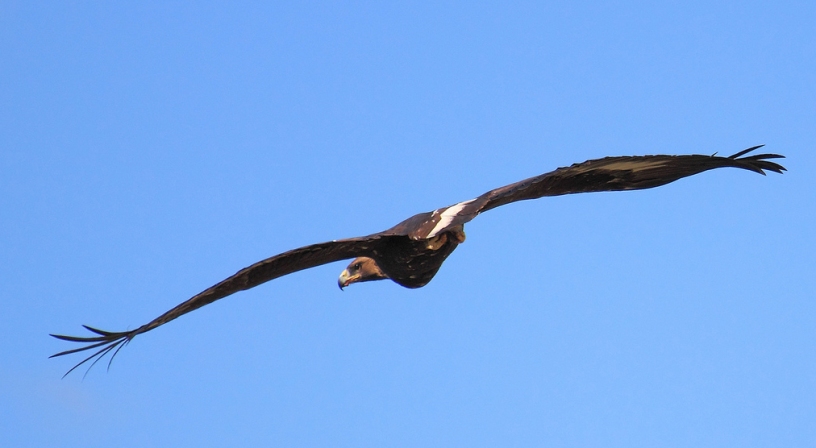
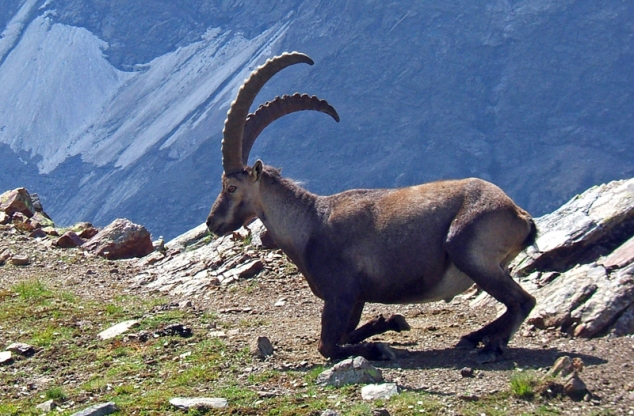
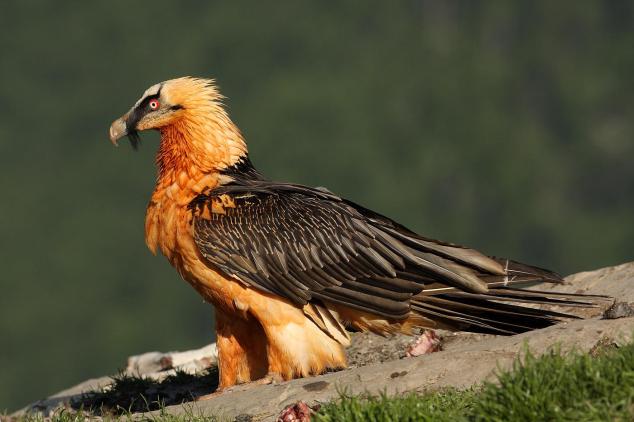
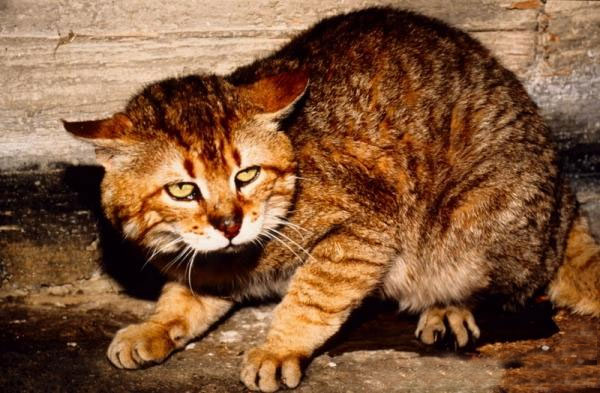
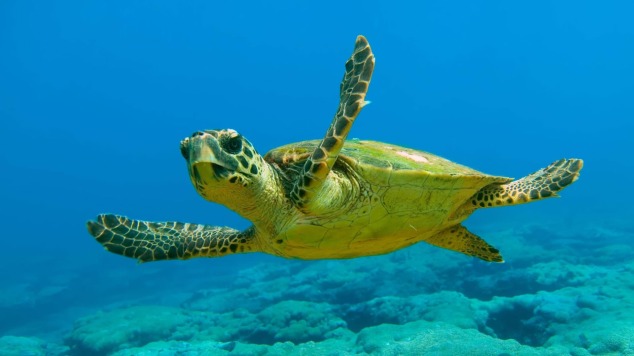
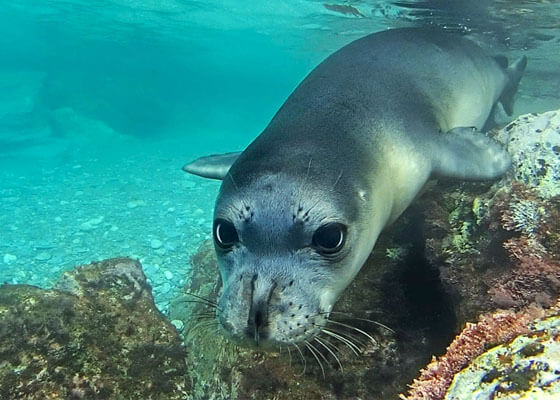
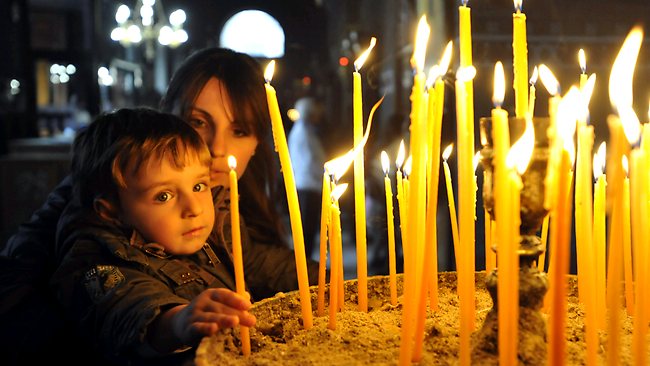
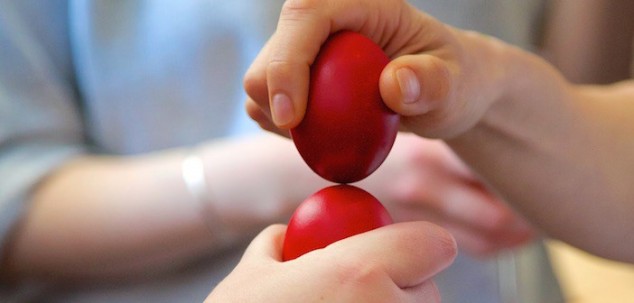
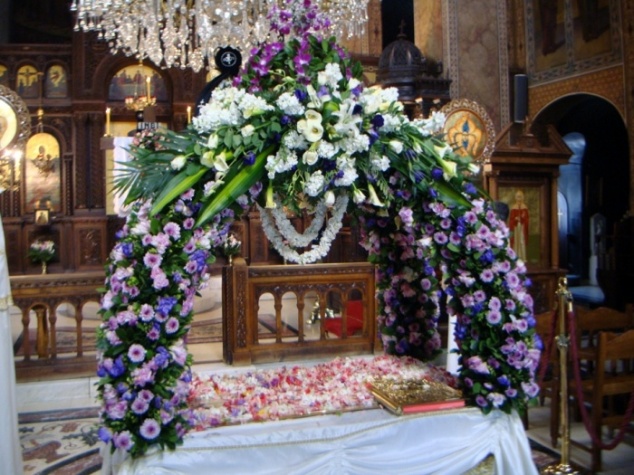
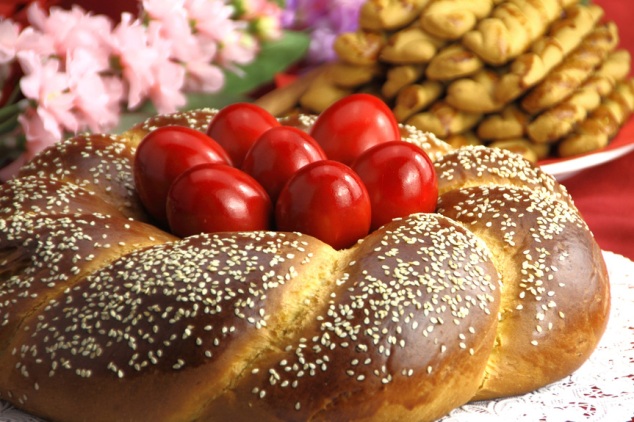
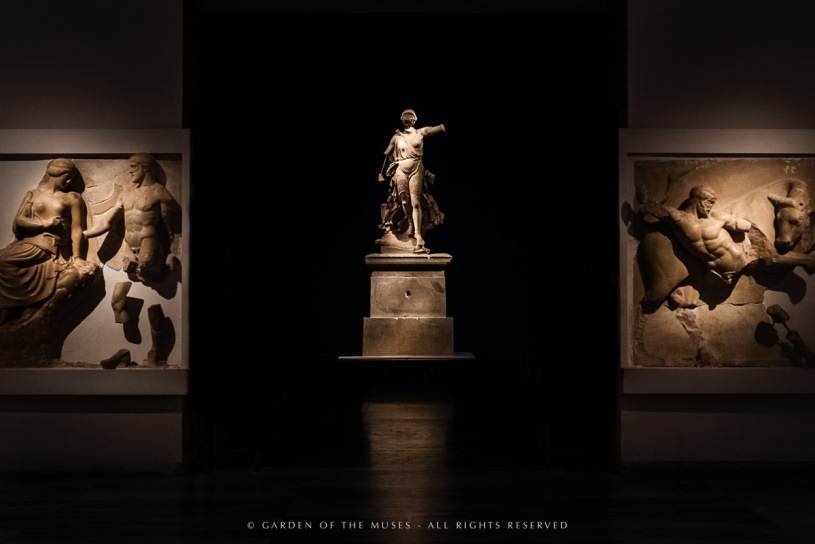
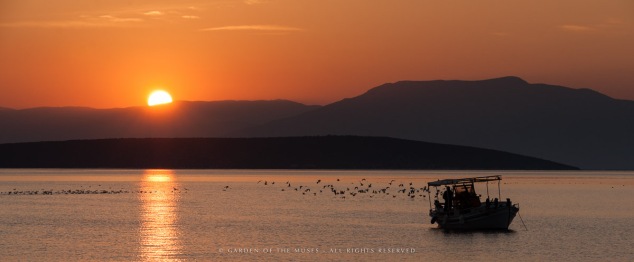
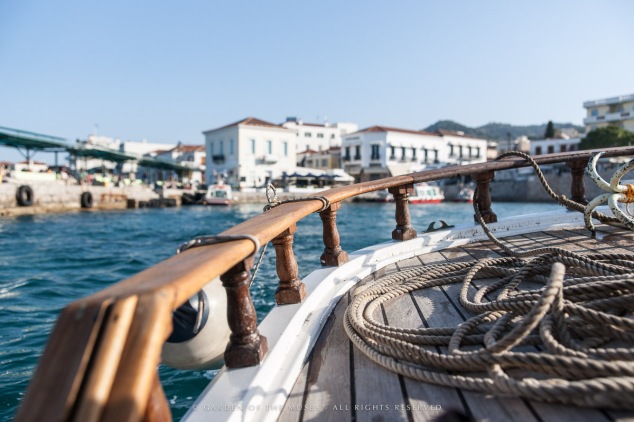
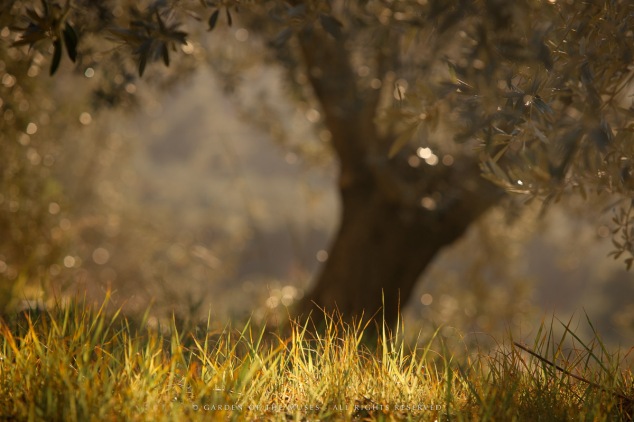
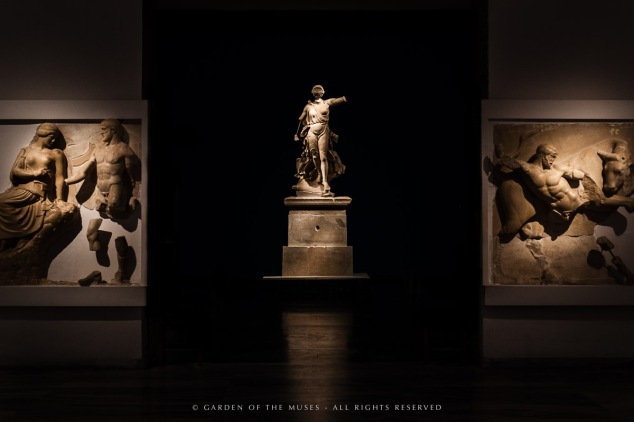
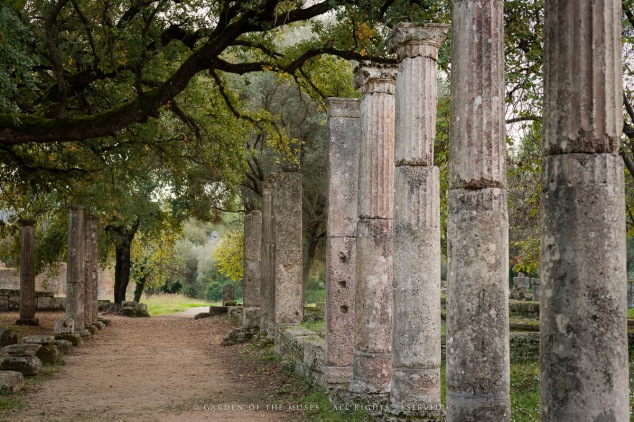
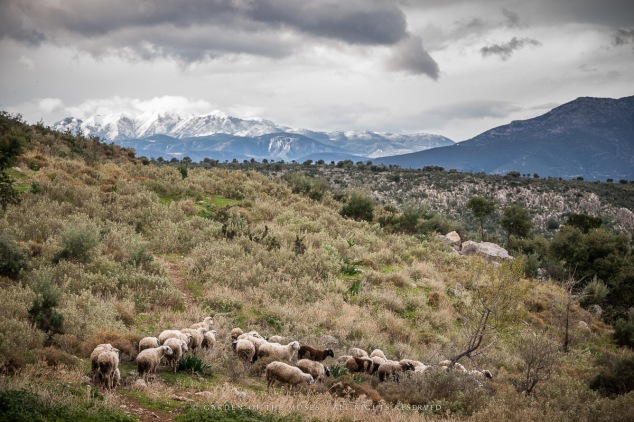
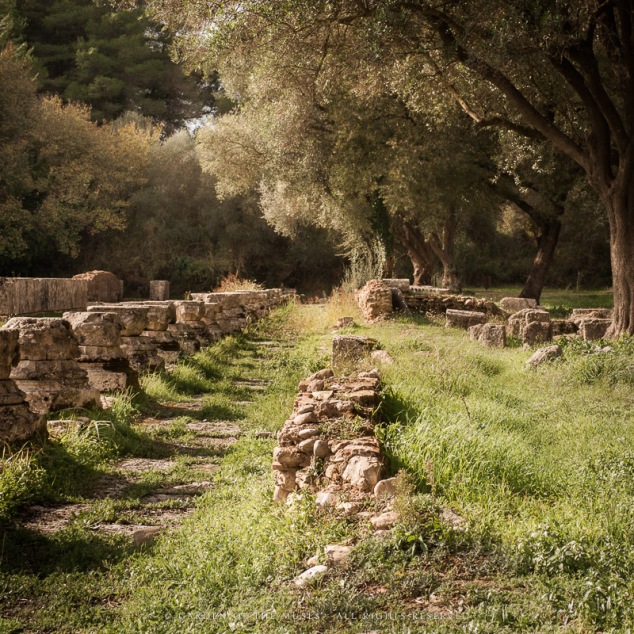
 The above photos were kindly offered to us by the artist. All the rights are reserved.
The above photos were kindly offered to us by the artist. All the rights are reserved.